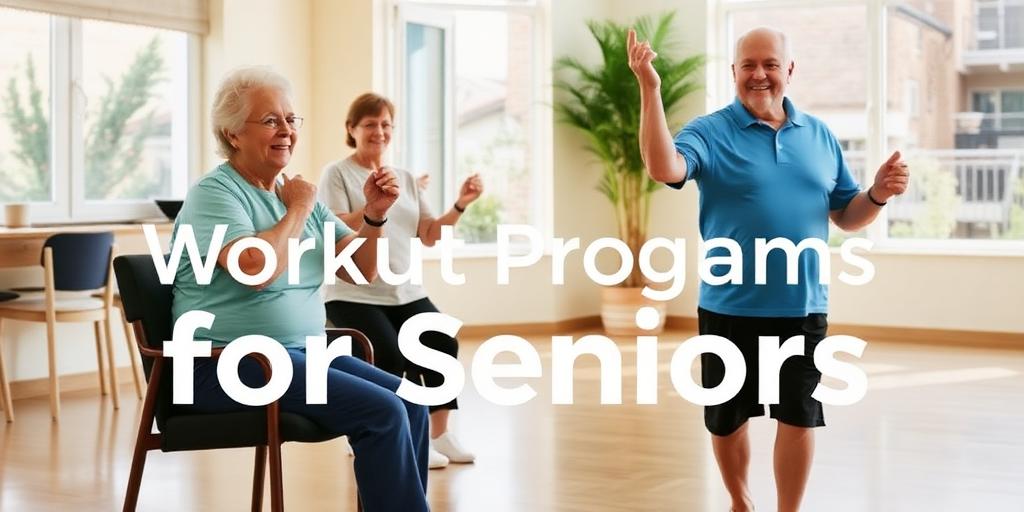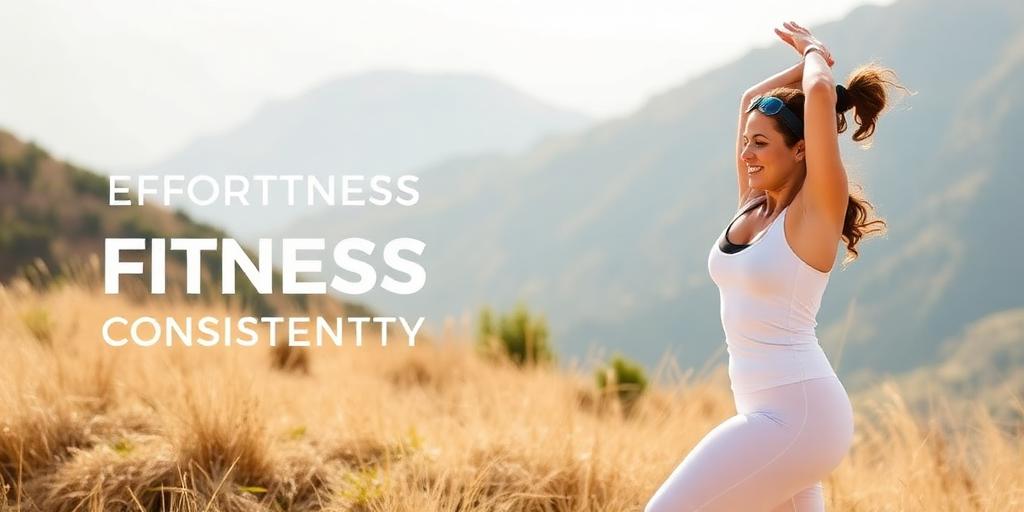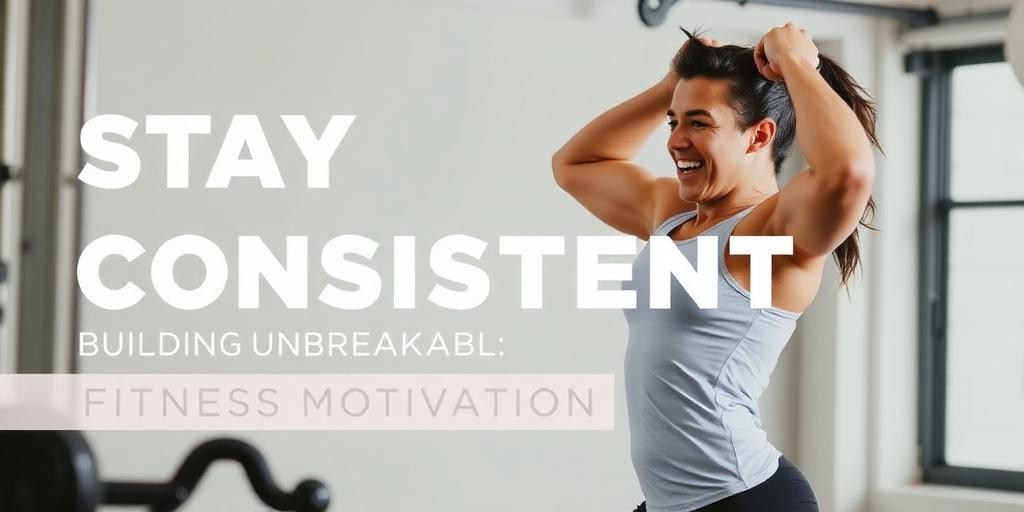Workout Programs for Seniors: Staying Active
As we age, maintaining an active lifestyle becomes increasingly important. Regular exercise can improve physical and mental health, enhance mobility, and boost overall quality of life. This article explores various workout programs tailored for seniors, offering guidance on how to stay active and healthy.
Benefits of Exercise for Seniors
- Improved Physical Health: Regular workouts can help manage chronic conditions such as arthritis, diabetes, and heart disease.
- Enhanced Mobility: Exercise improves balance, flexibility, and strength, reducing the risk of falls.
- Boosted Mental Health: Physical activity releases endorphins, which can alleviate symptoms of depression and anxiety.
- Increased Social Interaction: Group fitness classes provide opportunities to socialize and build connections.
Types of Workout Programs for Seniors
1. Chair Exercises
Chair exercises are a safe and effective way for seniors with limited mobility to stay active. These workouts can be done from the comfort of a chair, reducing the risk of falls while still providing a full-body workout.
- Seated Marches: Lift each knee towards your chest, alternating legs.
- Arm Raises: Extend your arms overhead, then lower them back down.
- Torso Twists: Twist your upper body from side to side, keeping your feet planted on the ground.
2. Water Aerobics
Water aerobics is a low-impact exercise that's gentle on the joints. The buoyancy of the water supports the body, making it easier to move and reducing the risk of injury.
- Water Walking: Walk back and forth in the pool, lifting your knees high.
- Arm Curls: Use water resistance to curl your arms towards your shoulders.
- Leg Lifts: Lift your legs out to the side, alternating legs.
3. Strength Training
Strength training helps build muscle mass and bone density, which are crucial for maintaining independence and preventing osteoporosis. Use light weights or resistance bands to start.
- Bicep Curls: Curl weights towards your shoulders, keeping your elbows close to your body.
- Squats: Stand with your feet shoulder-width apart and lower your hips as if sitting in a chair.
- Wall Push-Ups: Place your hands on a wall and lean in, then push back to the starting position.
4. Yoga and Tai Chi
Yoga and Tai Chi are gentle exercises that improve flexibility, balance, and coordination. These practices also promote relaxation and stress reduction.
- Yoga: Focus on poses that improve balance and flexibility, such as tree pose and warrior pose.
- Tai Chi: Practice slow, flowing movements that promote balance and coordination.
5. Walking Programs
Walking is a simple and accessible exercise that can be done anywhere. It improves cardiovascular health and strengthens the lower body.
- Daily Walks: Aim for at least 30 minutes of walking each day.
- Group Walks: Join a walking group to stay motivated and socialize.
- Track Your Progress: Use a pedometer or fitness tracker to monitor your steps and distance.
Tips for Starting a Workout Program
- Consult Your Doctor: Before starting any new exercise program, consult your doctor to ensure it's safe for you.
- Start Slowly: Begin with short workouts and gradually increase the duration and intensity.
- Listen to Your Body: Pay attention to any pain or discomfort and stop if needed.
- Stay Hydrated: Drink plenty of water before, during, and after exercise.
- Wear Proper Footwear: Choose shoes that provide good support and cushioning.
Conclusion
Staying active is essential for seniors to maintain their health and independence. By incorporating these workout programs into their daily routine, seniors can improve their physical and mental well-being and enjoy a higher quality of life.









